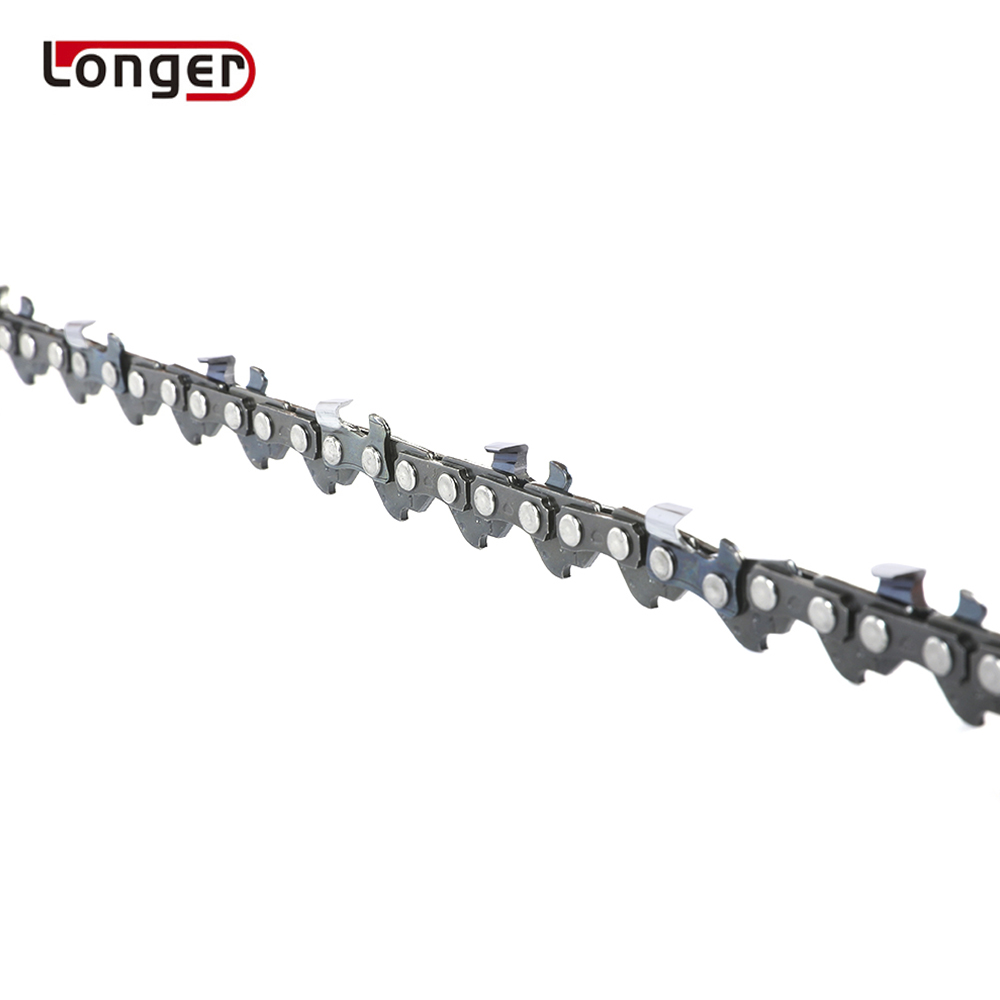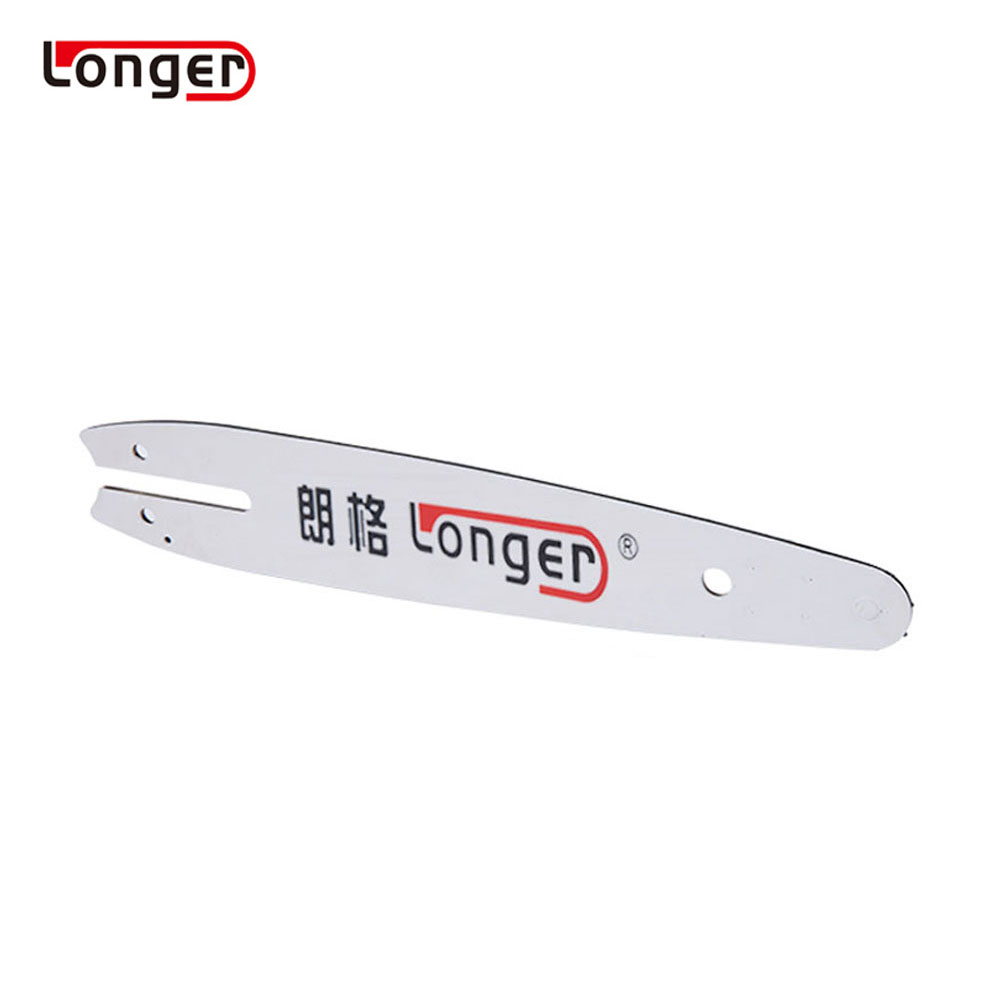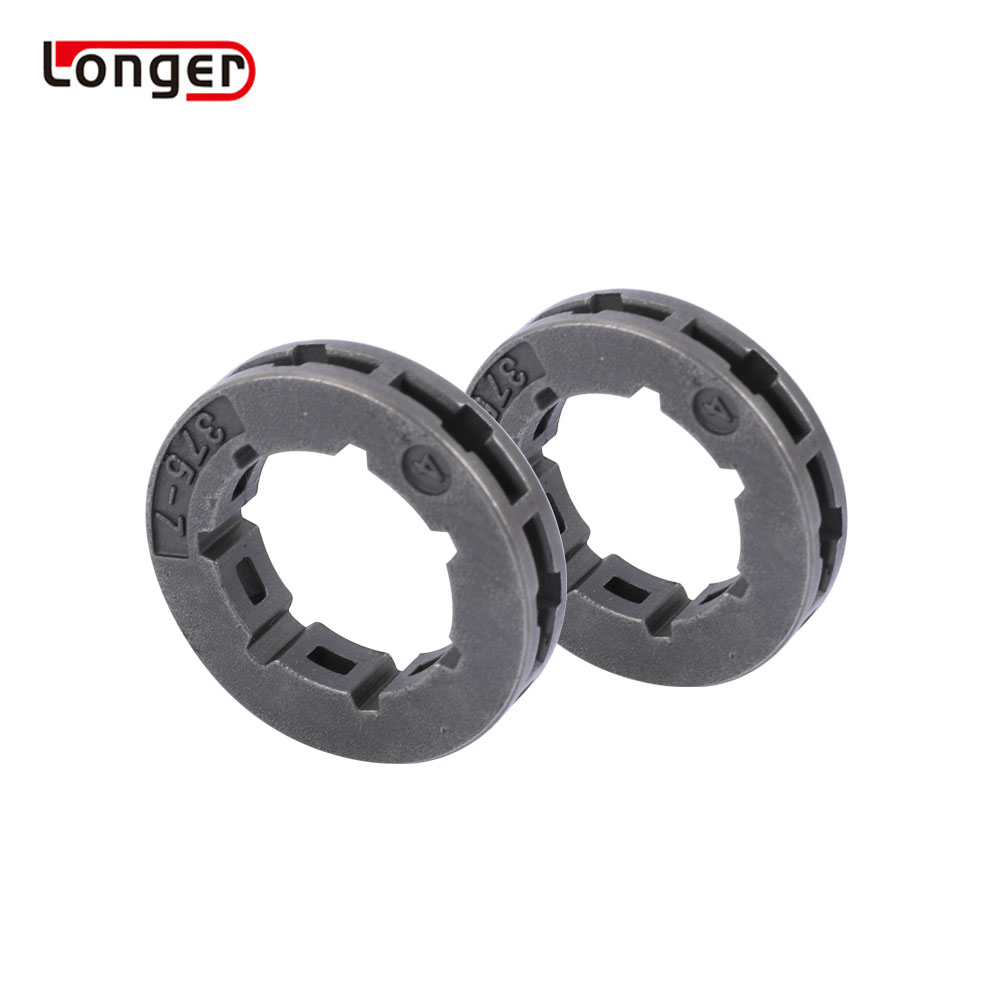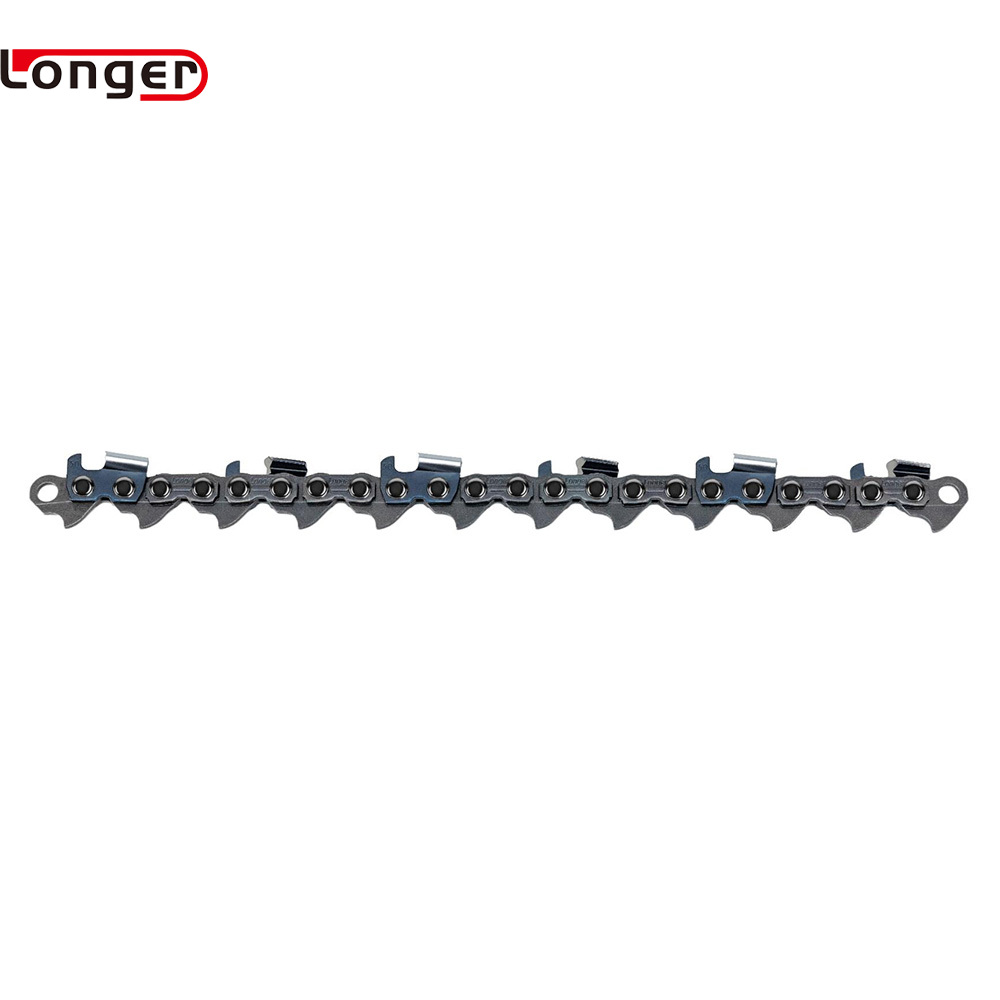Chain saw, also known as chain saw, is a portable saw powered by a gasoline engine. It is mainly used for logging and lumbering. Its working principle is to cut through the transverse movement of the interlaced L-shaped blades on the saw chain. Chain saws are generally divided into motorized chain saws, non-motorized chain saws and so on.
1. The chain adjusting screw is behind the rotating shaft of the driving machine of the chain saw. There is an adjusting screw between the chain and the bearing. Use a screwdriver to turn it clockwise to tighten, and to turn it counterclockwise to loosen.
2. While adjusting the tightness of the screw, check the tightness of the chain. If the tightness is appropriate, the chain can be pulled by hand when the chain is hung on the lower part of the guide plate.
3. After adjusting the loose chain tightening screws, tighten the two fixing screws to prevent the chain tightening screws from loosening.

Precautions
1. Check the tension of the saw chain frequently, turn off the engine and wear protective gloves when checking and adjusting. When the tension is appropriate, the chain can be pulled by hand when the chain is hung on the lower part of the guide plate.
2. A little oil must always be spilled from the chain. The oil level of the saw chain lubrication and lubricating oil tank must be checked every time before work. The chain must not work without lubrication. If working with a dry chain, the cutting device will be damaged. Never use old engine oil. Old engine oil cannot meet the lubrication requirements and is not suitable for chain lubrication.
3. If the oil level in the oil tank does not decrease, the lubrication delivery may be faulty. The chain lubrication should be checked and the oil circuit should be checked. Passing through a contaminated filter can also lead to poor lubricant supply. The lubricating oil filter screen in the pipeline connecting the oil tank and the pump should be cleaned or replaced.
4. After replacing and installing a new chain, the saw chain needs 2 to 3 minutes of running-in time. Check the chain tension after running-in and readjust if necessary. New chains require more frequent tensioning than chains that have been used for a while. In the cold state, the saw chain must be close to the lower part of the guide plate, but the saw chain can be moved on the upper guide plate by hand. If necessary, re-tension the chain.
5. When the operating temperature is reached, the saw chain swells and sags slightly, and the transmission link at the lower part of the guide plate cannot be removed from the chain groove, otherwise the chain will jump and the chain needs to be tightened again. The chain must be loosened after work. The chain will shrink as it cools, and a chain that is not loose will damage the crankshaft and bearings. If the chain is tensioned in the working state, the chain will shrink when it cools, and the chain will be too tight to damage the crankshaft and bearings.










